Shocks and Struts reduce vehicle weight transfer providing superior handling through the toughest conditions. Replace worn shocks and struts to help improve vehicle handling characteristics and comfort. Good news! A fresh set of shocks can enhance more than just your ride. They help improve braking and handling under certain driving conditions, and they make vehicles safer and easier to control. This helps make the road safer for everyone.
The Safety Triangle Inspection
What is the safety triangle inspection?
Understanding the safety triangle.
Interconnected undercar parts that could affect a driver's ability to avoid accidents are stopping, steering, and stability.
StoppingShocks/Struts and brakes work together to help your vehicle stop sooner under certain driving conditions, by keeping tires and wheels in contact with the road. | SteeringShocks/Struts help evenly distribute your car's weight over all four tires, improving handling during turns. | StabilityShocks/Struts and tires work together to help maximize tire-to-road contact, improving vehicle stability and minimizing weight transfer. |
How do I know if my shocks / struts are worn?
Symptoms of worn shocks and struts:
If you see or experience any of these symptoms call Cloquet Automotive at 218-879-1974 or your local automotive service provider. Protect what's important -- follow technicians's suggestions.

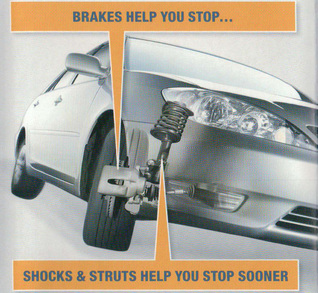
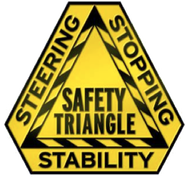
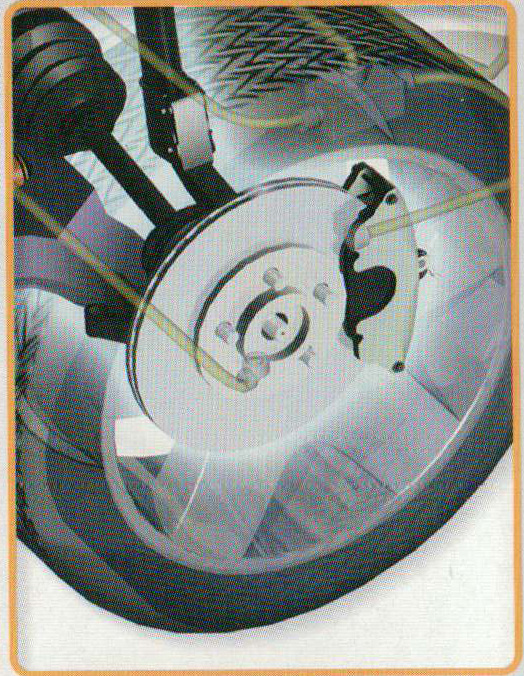
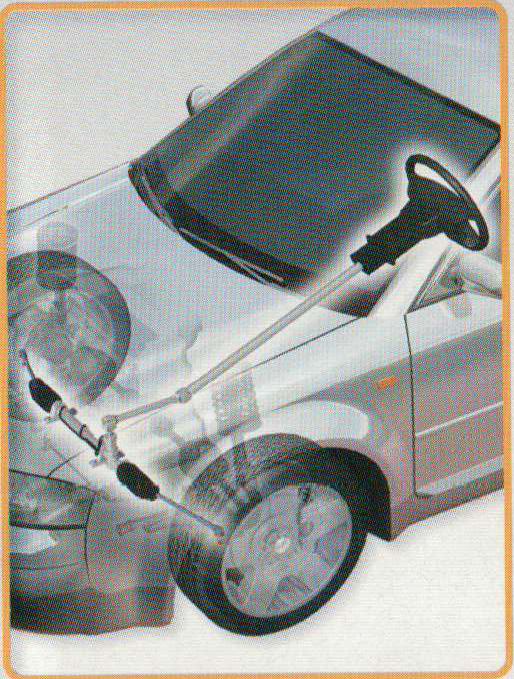
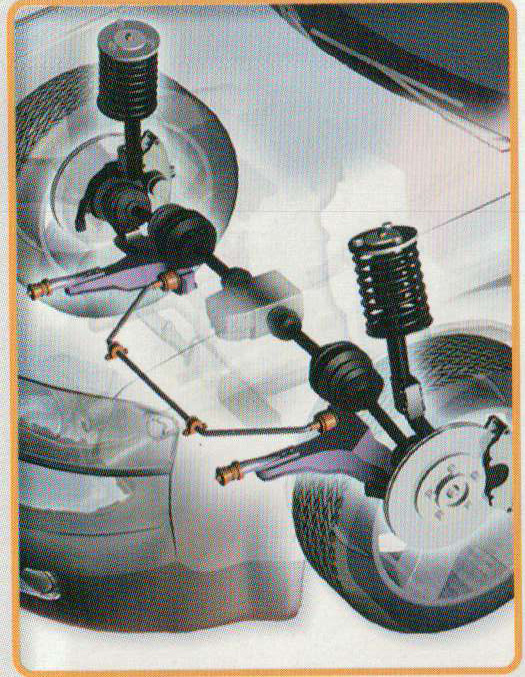
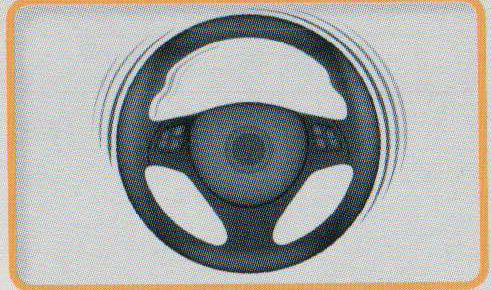
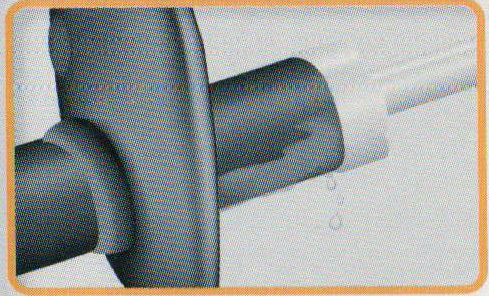
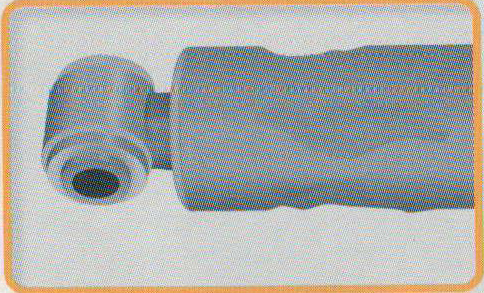
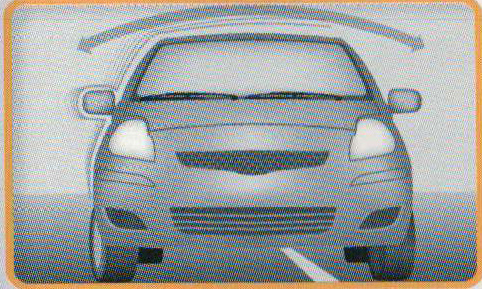
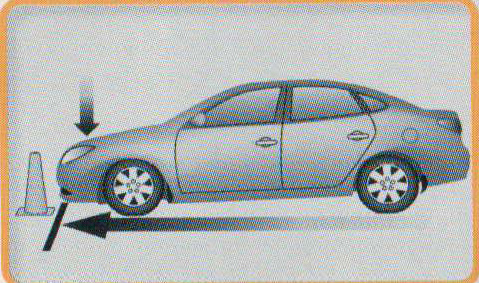
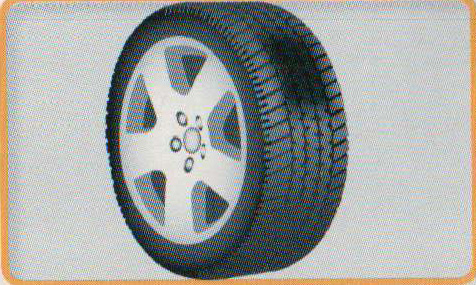
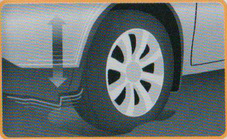
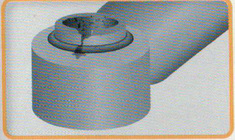
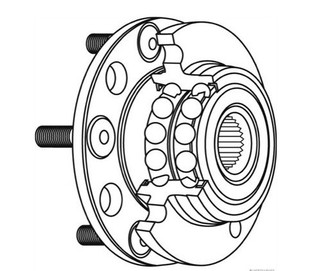

 RSS Feed
RSS Feed